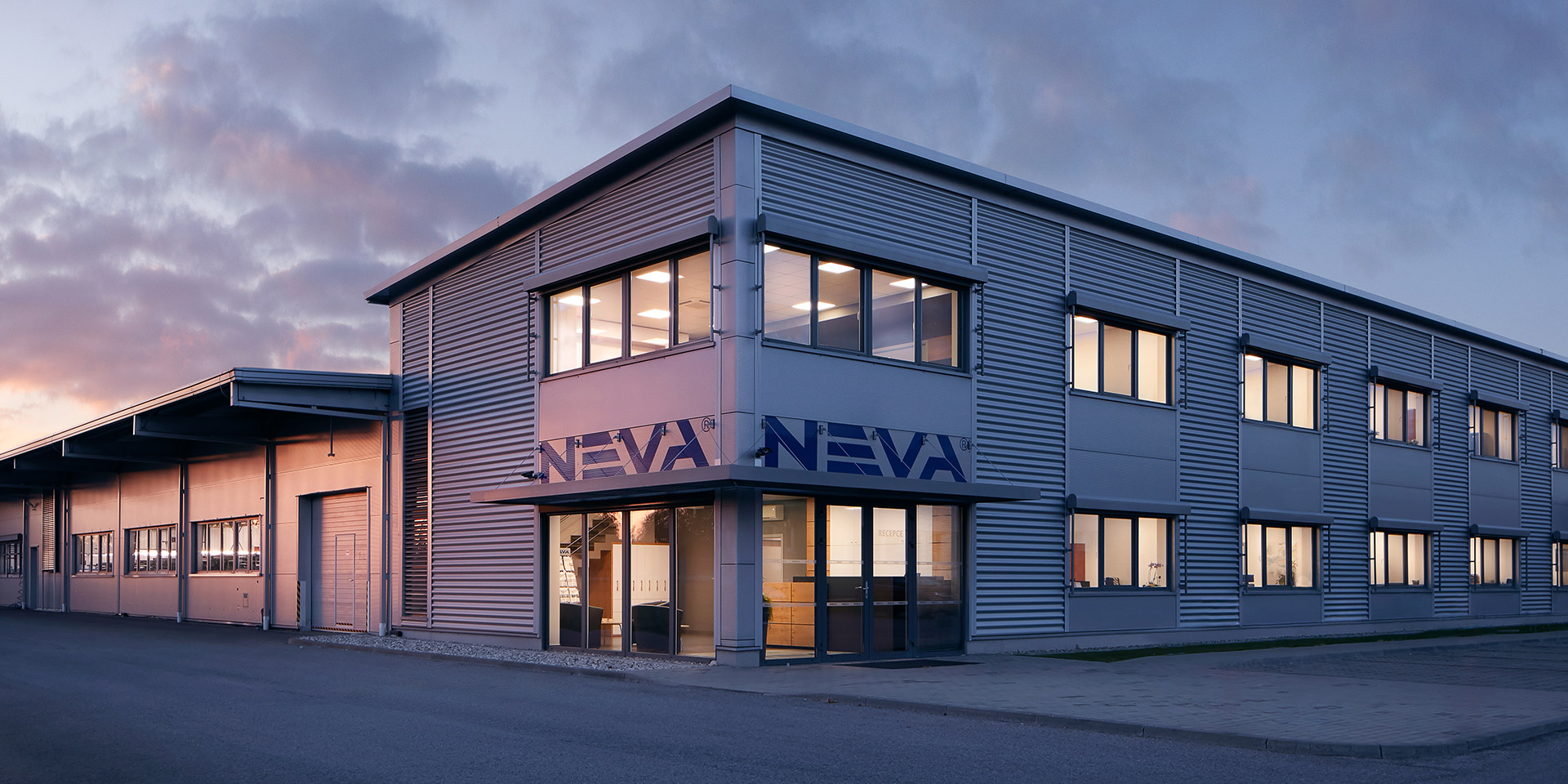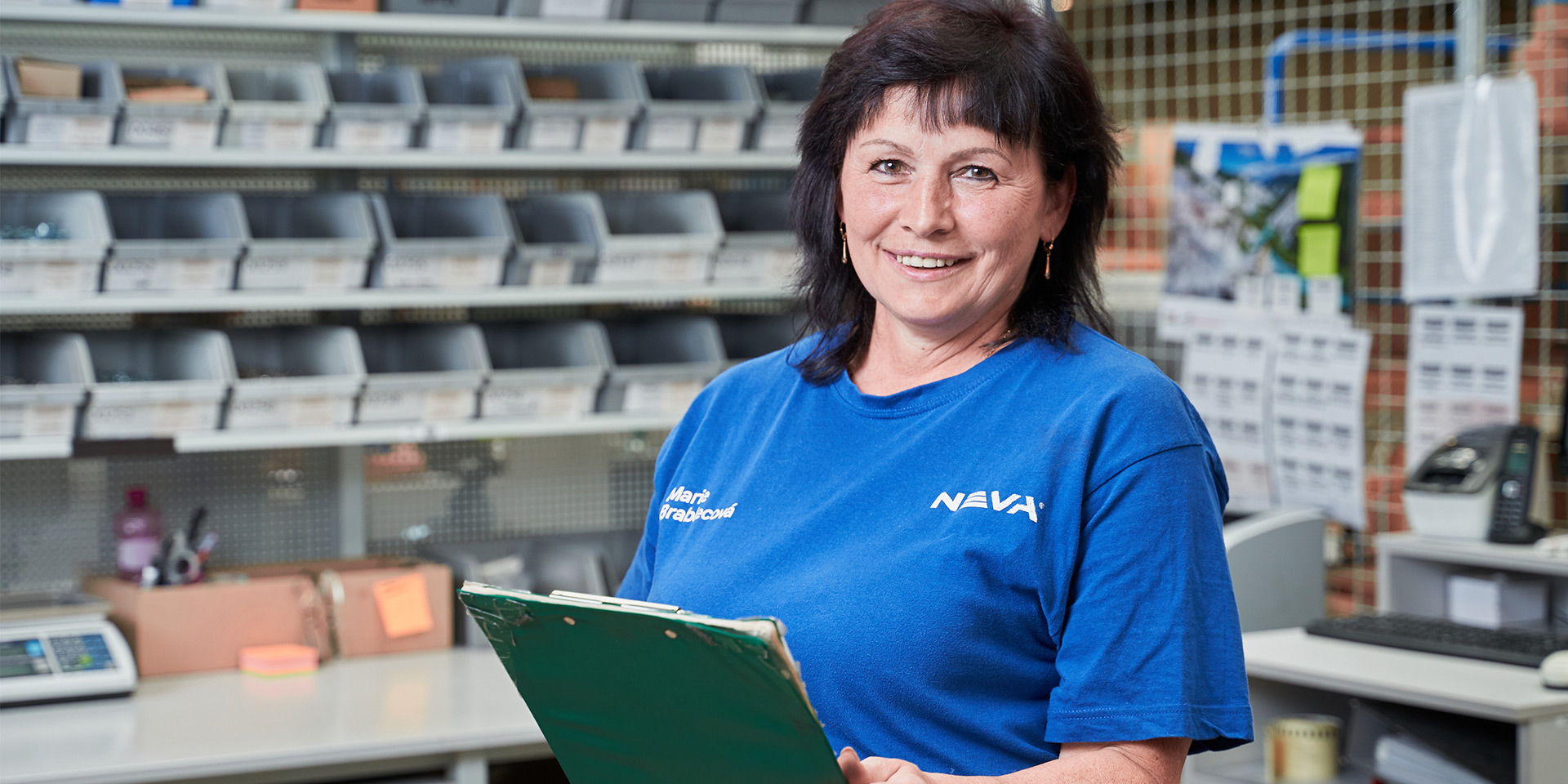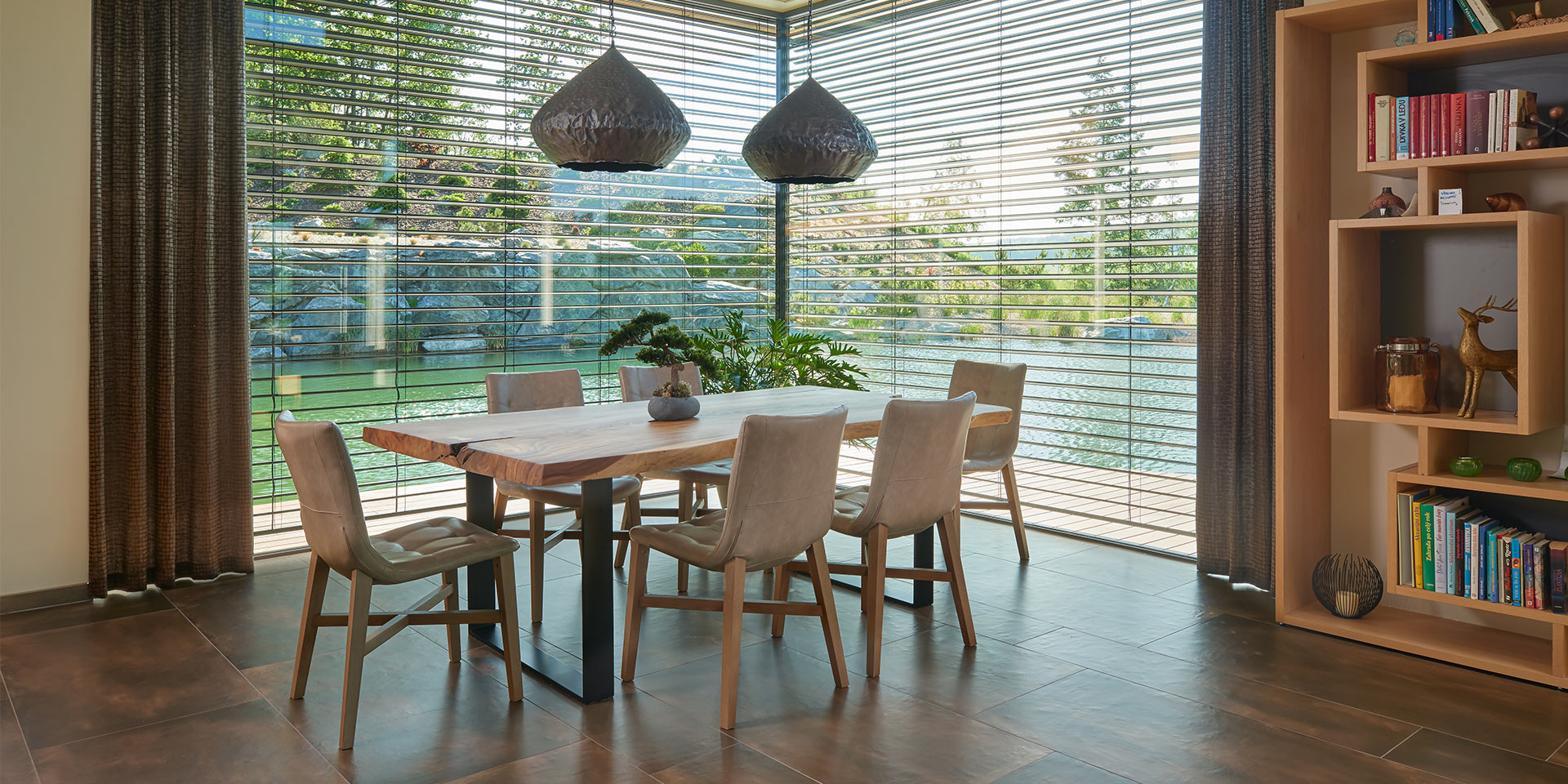How can you best shade your roof windows?
You can shade most windows with external blinds, roller blinds or textile screens. But how about shading roof windows? They are specific with their angle of inclination, so you can’t use some types of shading for them. You often have only external roller blinds or awnings to choose from.
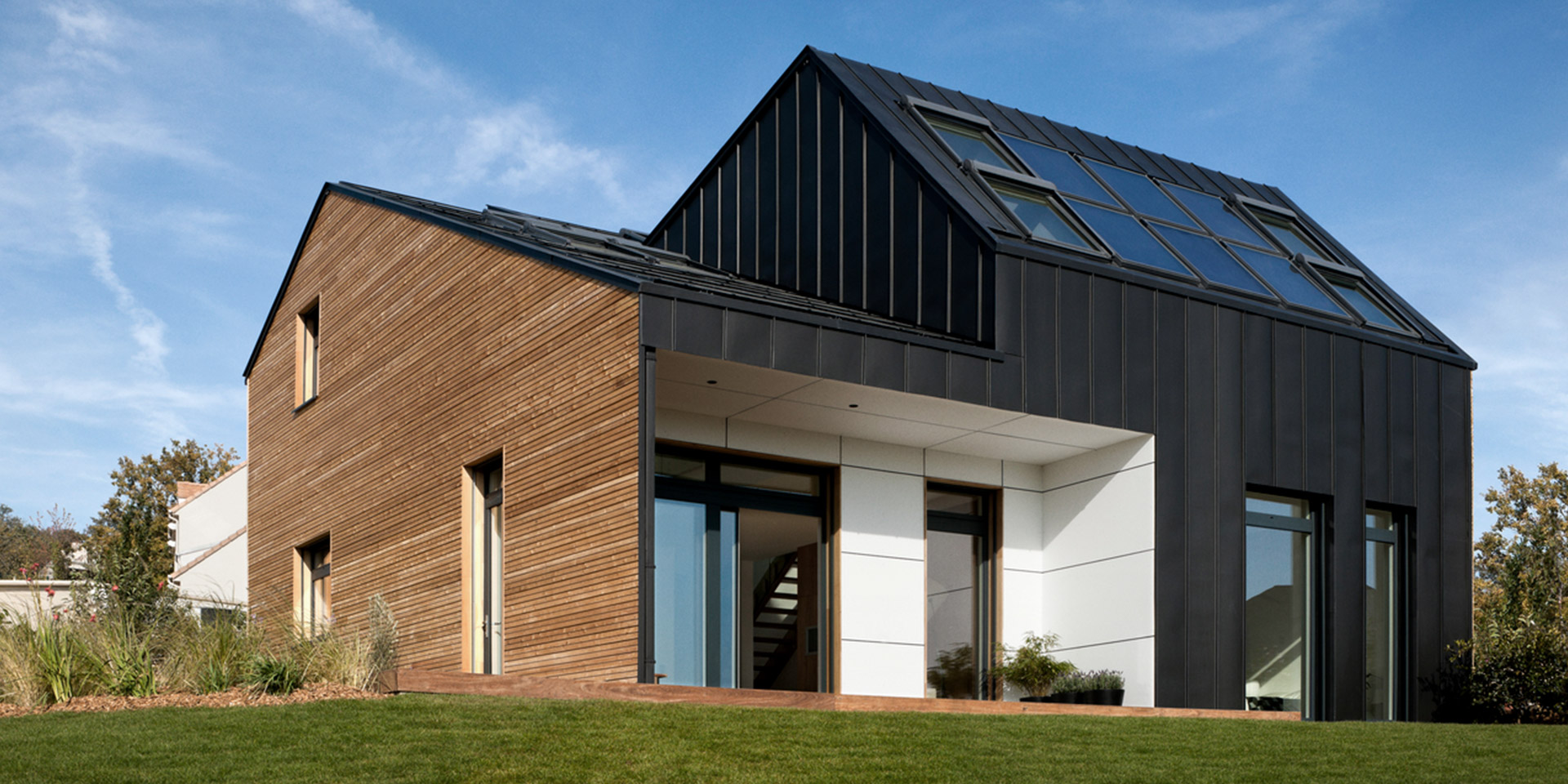
External blinds for a maximum inclination of 15°
In summer it is virtually impossible to live in attic rooms without shading. External shading will help you with that. It reflects the sun’s rays in front of the glass, reducing the temperature in the attic, and it also works as partial thermal insulation.
However, you can only make use of popular external blinds or textile roller blinds for shading roof windows with a maximum deviation of 15° from the façade. Unfortunately, they have no slope if the deviation is greater and they are hard to lower. So, don’t put them on roof windows. Instead, we recommend awnings or external roller blinds for shading such windows.
For example, an awning made of translucent netting will be of good help. It is easy to install, it reflects a considerable part of solar radiation, thus reducing the temperature indoors. What’s more, it is relatively cheap and even if it doesn’t provide perfect shading, it will be useful at least during the worst heat waves.
An external roller blind is more efficient but also more expensive. It provides better shading, it blacks out the room perfectly and it reflects more sunlight than an awning, so it cools down the space inside even better. It is made of a maintenance-free aluminium structure and it can even withstand relatively strong winds. You can also get it in a solar-powered design, and then it is even self-sufficient in terms of energy demands.
“For instance, a light VELUX SS external solar-powered roller blind protects against heat, blacks out the interior and lessens noise from outside produced for example by rain, by up to 7 dB”, describes Jakub Mrázek, Product Specialist at VELUX.
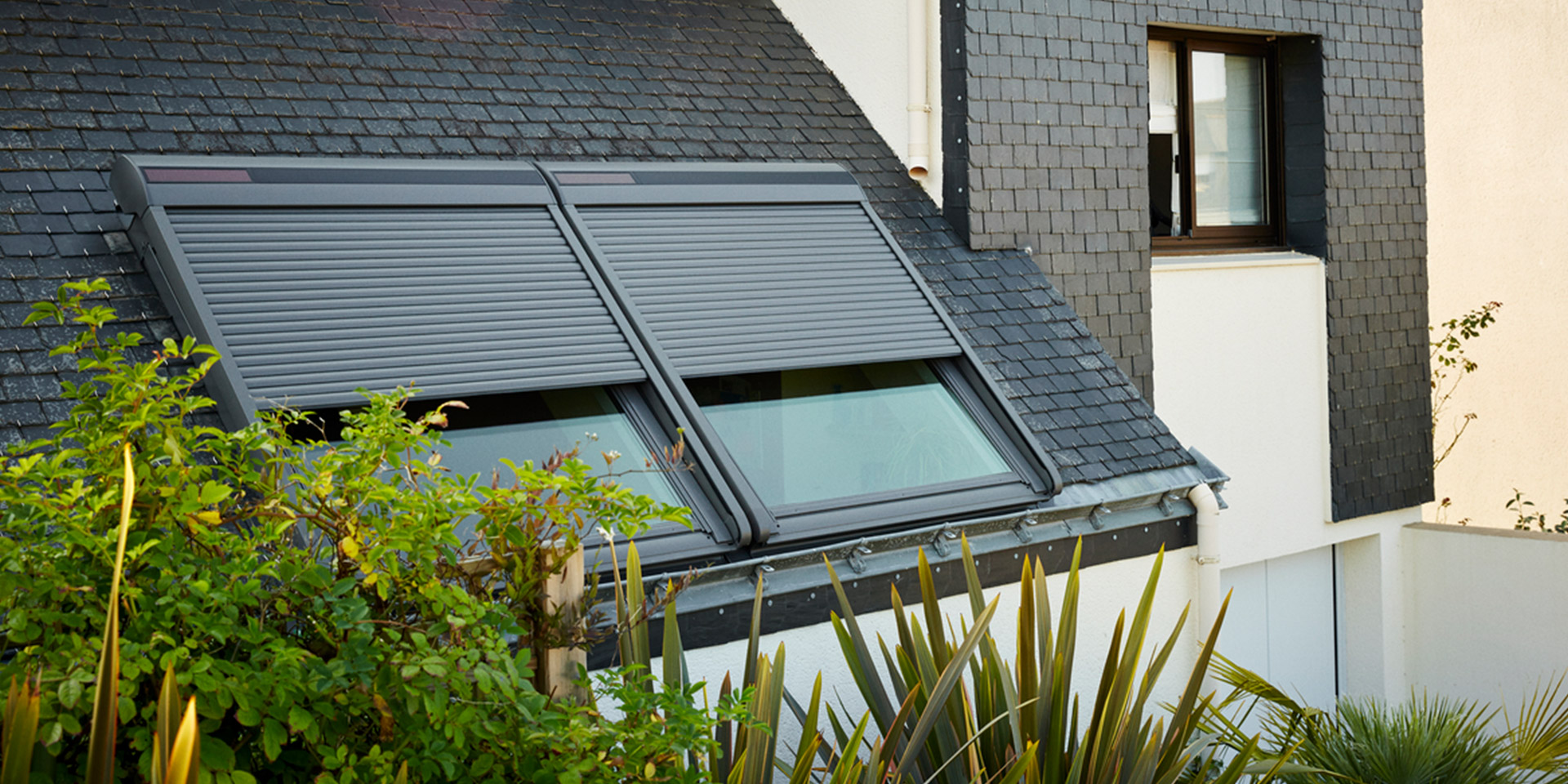
Internal roller blinds will shade but won’t cool the space
In addition, you can use a lot of types of internal shading on roof windows such as pleated blinds, internal roller blinds or blinds. They are cheaper, they will shade the interior, they look good and, in most cases, no one has to do anything with the window frame when installing them. You will make use of them, for example, in rented housing where investing in external roller blinds or external blinds is unnecessary.
However, internal shading has the disadvantage of stopping the sun’s rays only once they are in the interior. So, it doesn’t prevent rises in temperature inside the room in any way. “Only external shading is efficient as protection against heat. If your interior becomes overheated, you must reflect the heat in front of the window“, explains Jakub Mrázek.
But nothing prevents you from combining internal and external shading. If, for example, you choose an external roller blind, try combining it with a pleated blind. It diffuses light and comes across as a pleasant indoor decoration.
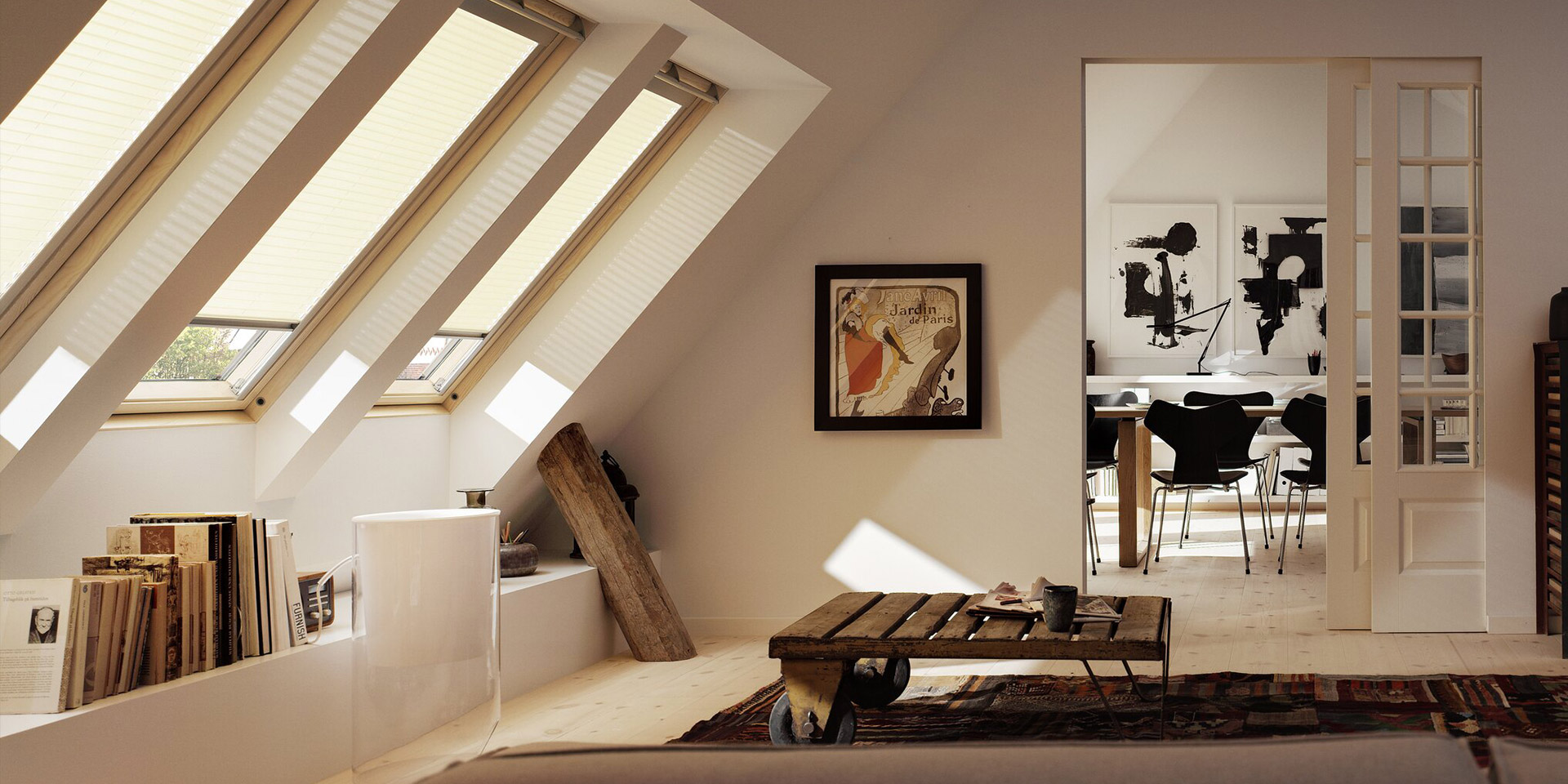
With blinds you’ll shade most windows
Except for roof windows, you can screen all other windows or glazed areas in the house with external blinds. They provide perfect shading and black out perfectly; they cool down the interior by up to 10 degrees Celsius, and thanks to the ability to tilt the slats they give you absolute control over the light in the room.
S‑90 blinds look best with external roller blinds on roof windows. When pulled down, they are strikingly similar to roller blinds, thus complementing each other excellently.
If you need advice on choosing external shading, please contact one of our partners – they will be pleased to help you with the selection.

